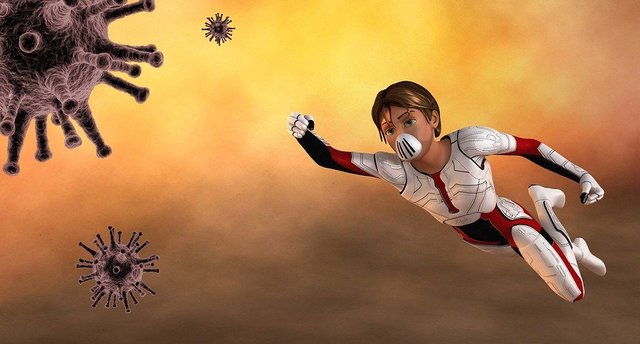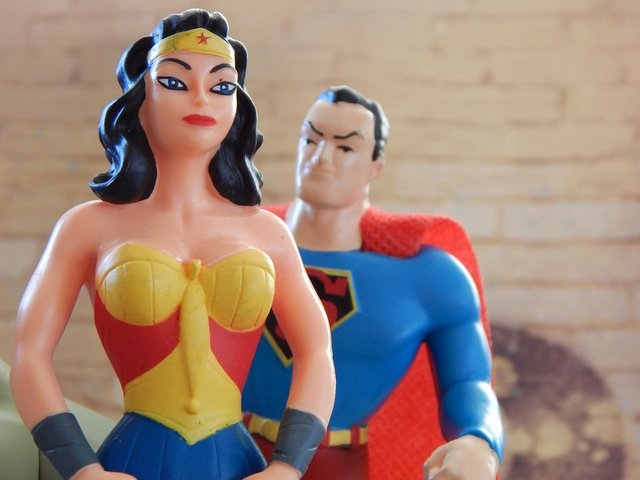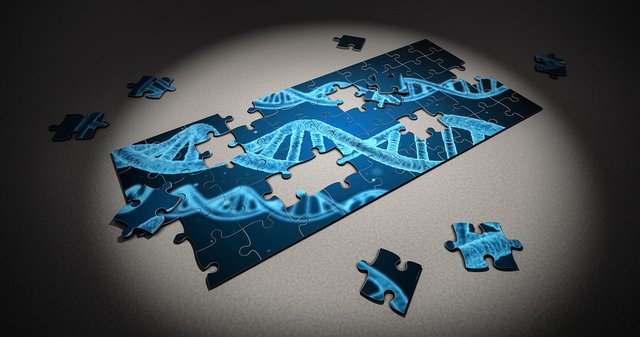Virus heroes or villains?

In the cinematographic context, the figures of heroes and villains have been assigned to characters with opposite roles, where the hero is usually the protagonist who symbolizes the benevolent, extraordinary, strong, skillful, bold, kindness, generosity, and bravery, while the villain character alludes to a malevolent, unethical, selfish, manipulative, aggressive, peace-breaking antagonist role, and in essence represents the main obstacle that the hero must overcome to achieve his goal.

Fig. 2 The hero is a female or male character that symbolizes benevolence, extraordinary, strong, skillful, bold, kindness, generosity, and bravery. Image of public domain, Author: ErikaWittlieb, 2014
In relation to cinema these two characters are the key pieces of the literary or philosophical background of any film, so there is no film without heroes and villains, however, it is important to mention that in some films the villain ends up being the great hero, the most emblematic case occurred in Terminator 2: The Last Judgment, where the cyborg exterminator represented by Arnold Schwarzenegger in Terminator 1: The Terminator returned, in the second film as the hero who saves the teenager John Connor.

Fig. 3 In the movie Terminator 2 the cyborg terminator went from villain to hero. Image of public domain, Author: Tookapic, 2015
However, beyond the cinematographic world, in real life and very specifically from the biological health level, not all microorganisms are heroes (microorganisms that generate beneficial reactions at the metabolic level) and not all are villains (microorganisms that cause problems or negative reactions at the metabolic level), since all living beings are made up of microbiome (bacteria, fungi, protozoa and other microbes) and viroma (virus) with specific, essential and vital functions that help us stay healthy.
However, recent studies reveal that viruses have had a positive impact on our process of evolution and adaptation, because it is inferred that much of our DNA is derived from virus insertions, and in turn these regions of DNA or viral genes produce essential proteins that ensure the normal functioning of our metabolic system.

Fig. 4 Our DNA remains a puzzle for science, and where much of the microbiological ecology of our inner world is unknown. Image of public domain, Author: Qimono, 2017
These results expose the enormous gap and the profound lack of knowledge that science has about the microbiological ecology of our inner world. I look forward to reading your insights and comments.
BIBLIOGRAPHICAL REFERENCES CONSULTED:
[1] Oliver T. Los billones de virus que viven en tu cuerpo y ayudan a mantenerte vivo. BBC Science Focus. 2001. Article: Online access
[2] Linde R., and Nevado I. The evolution of the villain in Spanish cinema (1982-2015). 2016. Article: Online access
[3] Hernández M. La evolución de las actitudes del héroe en el cine de Hollywood. 2016. Article: Online access